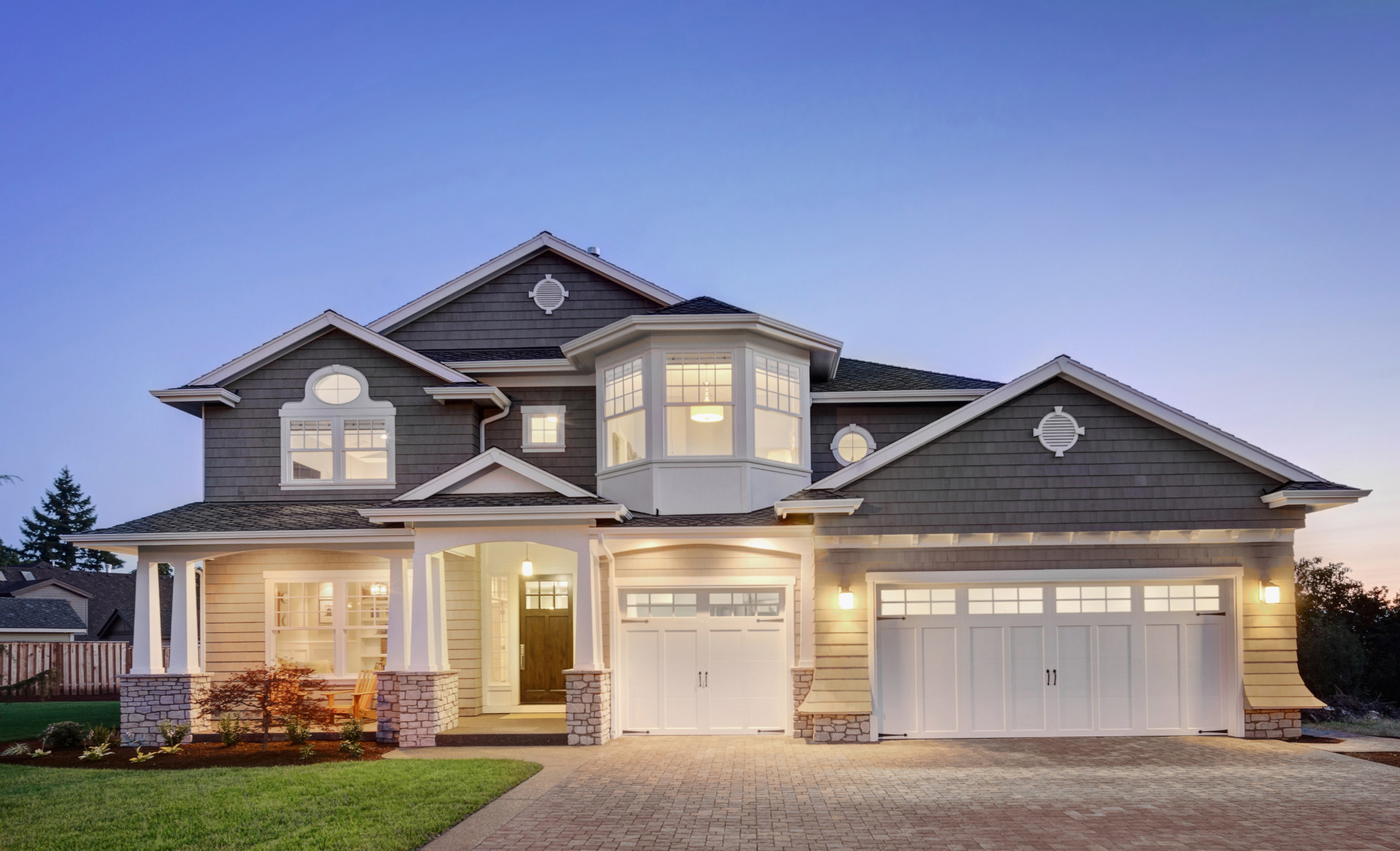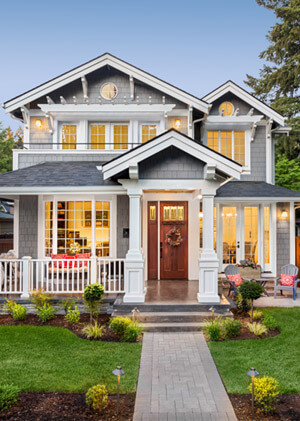
Conventional mortgage loans are a type of home loan that is not insured or guaranteed by the government. They are originated and sold on the secondary market to government-sponsored enterprises (GSEs) such as Fannie Mae and Freddie Mac. These loans are known as "conventional" because they conform to the guidelines set forth by the GSEs, which are based on the creditworthiness of the borrower and the value of the property being financed.
A conventional mortgage loan typically requires a credit score of at least 620 and a debt-to-income ratio of no more than 43%. Conventional mortgage loans also require a down payment of at least 3%, but borrowers may be able to put down as little as 3% to 5% with a minimum credit score of 620 or more, borrowers with a score of 740 or higher may be able to put down as little as 3% and still qualify for the loan.
Conventional mortgage loans come with a variety of loan terms, such as 15-year fixed-rate and 30-year fixed-rate, as well as adjustable-rate mortgages (ARM). These loans offer predictable monthly payments and flexible options, which make them a popular choice among borrowers.
Conventional mortgage loans also have different types based on the loan-to-value ratio (LTV) and the credit score of the borrower, The loan-to-value ratio is the percentage of the value of the property that is being financed with the loan. loans with a high LTV will require a more stringent credit and income qualification, as well as a higher down payment.
Conventional mortgage loans can be used for both primary residences and second homes and investment properties, it's important to consider the type of property and the intended use when choosing a conventional mortgage loan.
In summary, conventional mortgage loans are a popular choice among borrowers and are originated and sold on the secondary market. They offer predictable monthly payments and flexible options, but they are based on the creditworthiness of the borrower and the value of the property being financed. These loans come with a variety of loan terms and may have different requirements based on the loan-to-value ratio and the credit score of the borrower.

This type of loan offers a lower interest rate than a 30-year fixed-rate mortgage, resulting in a higher monthly payment but a shorter loan term. This loan term is popular among borrowers who want to pay off their mortgage faster and save money on interest over the life of the loan.
This is the most common type of conventional mortgage loan and it offers a fixed interest rate for the entire loan term. This loan term allows for lower monthly payments, but the total interest paid over the life of the loan is higher than for a 15-year loan.
This type of loan is similar to a 30-year fixed-rate mortgage but with a shorter loan term, this means that the payments will be higher than with a 30-year loan, but lower than with a 15-year loan, it's a compromise between the two most common types of fixed-rate loans
This is another loan term that can be found in conventional loans, it's similar to the 20-year mortgage, it's a compromise between the 15 and 30-year loan, with a lower interest rate compared to the 30-year but higher payments.
This type of loan offers a shorter loan term with higher monthly payments and lower interest rate, it's less common than the other options, and it's not a popular choice among borrowers, but it can be a good option for those that want to pay off their mortgage quickly and have the financial ability to do so.
After the initial period your interest rate can change once a year.
The three most common types of adjustable rate mortgages (ARMs) are:
The down payment requirements for conventional loans vary depending on the lender, the loan program, and the creditworthiness of the borrower. However, in general, conventional loan down payment requirements are typically higher than those for government-backed loans such as FHA or VA loans.
Typically, conventional loans require a down payment of at least 5% of the purchase price, although some lenders may require as much as 20% or even more for a conventional loan. For loan-to-value (LTV) ratios above 80%, some lenders may require private mortgage insurance (PMI) to be added to the loan to protect the lender in case the borrower defaults on the loan. PMI can add an additional cost to the loan, this cost will be part of the monthly mortgage payment.
Additionally, borrowers with a higher credit score may be able to qualify for a lower down payment requirement. Borrowers with a credit score of 740 or higher may be able to qualify for a down payment as low as 3%.
Conventional loans have a wide range of down payment options, borrowers with a lower credit score and a high loan-to-value ratio may be required to make a higher down payment and pay more in interest rate. Borrowers who can afford to make a higher down payment may qualify for a better interest rate and lower overall costs.
It's important to consider the down payment requirements when evaluating a conventional loan, and to remember that a higher down payment can help lower the overall cost of the loan, and make the mortgage more affordable in the long run.
Single-family homes: These include detached homes, townhouses, and semi-detached homes.
Multi-family homes: These include duplexes, triplexes, four-plexes, and larger apartment buildings.
Condominiums: These are units in a building where the residents own their individual units but share common spaces and amenities.
Manufactured homes: These are homes that have been built off-site and then transported to their final location.
Townhouses: These are attached homes that are typically located in a development or community.
Mixed-use properties: These are properties that have both residential and commercial components, such as a building with retail on the first floor and apartments on the upper floors.
Second homes: These are properties that are intended to be used as a vacation home or as a rental property. Some lenders might require a higher down payment and/or interest rate when financing a second home.
Investment properties: Properties intended to generate income through renting, leasing, or resale. They have different guidelines than primary residence properties
It's worth noting that these are the most common types of properties that are eligible for conventional mortgage loan financing, but that the lender's guidelines, local and state regulations and the characteristics of the property may vary on the property's and borrower's eligibility.